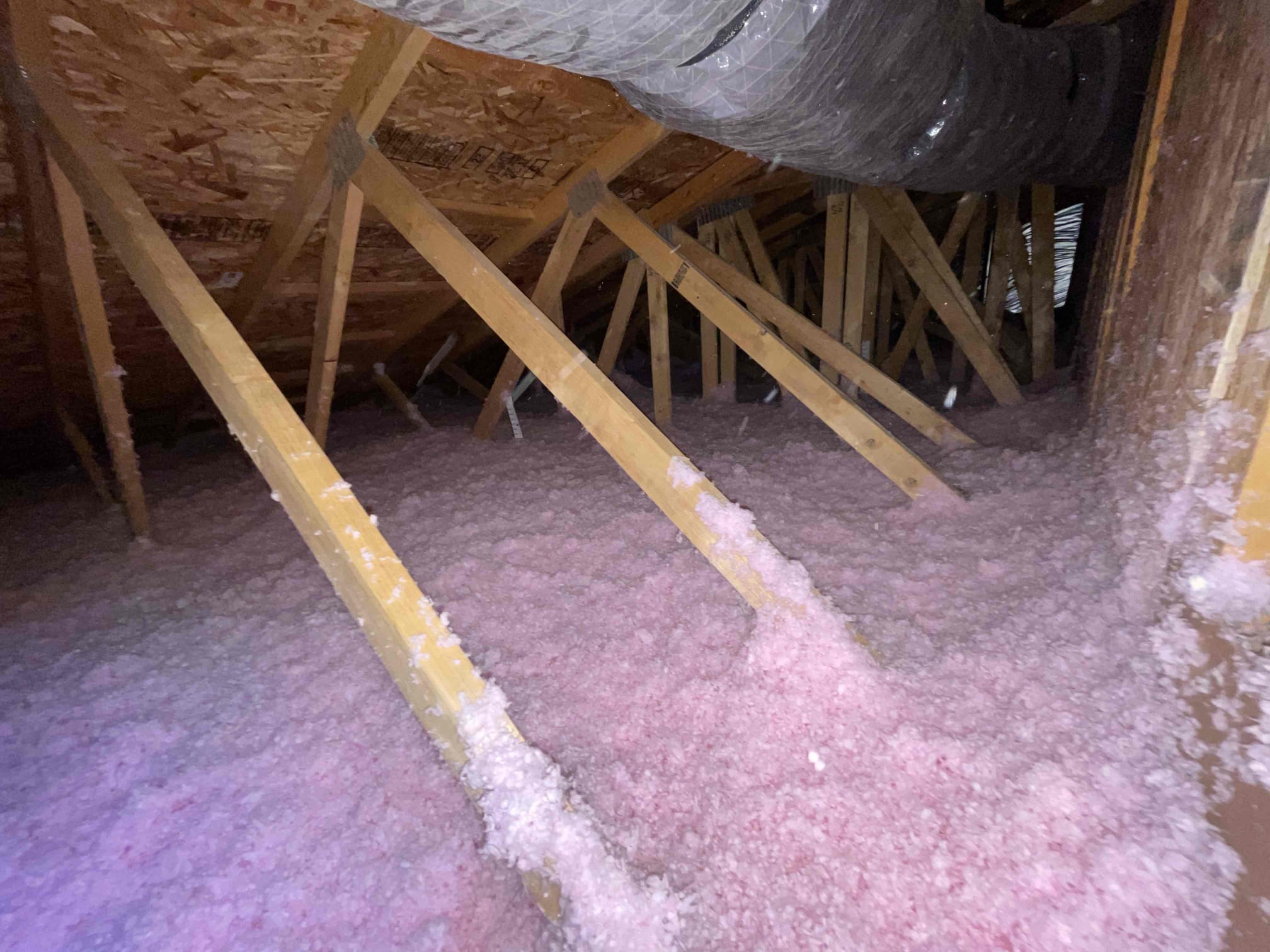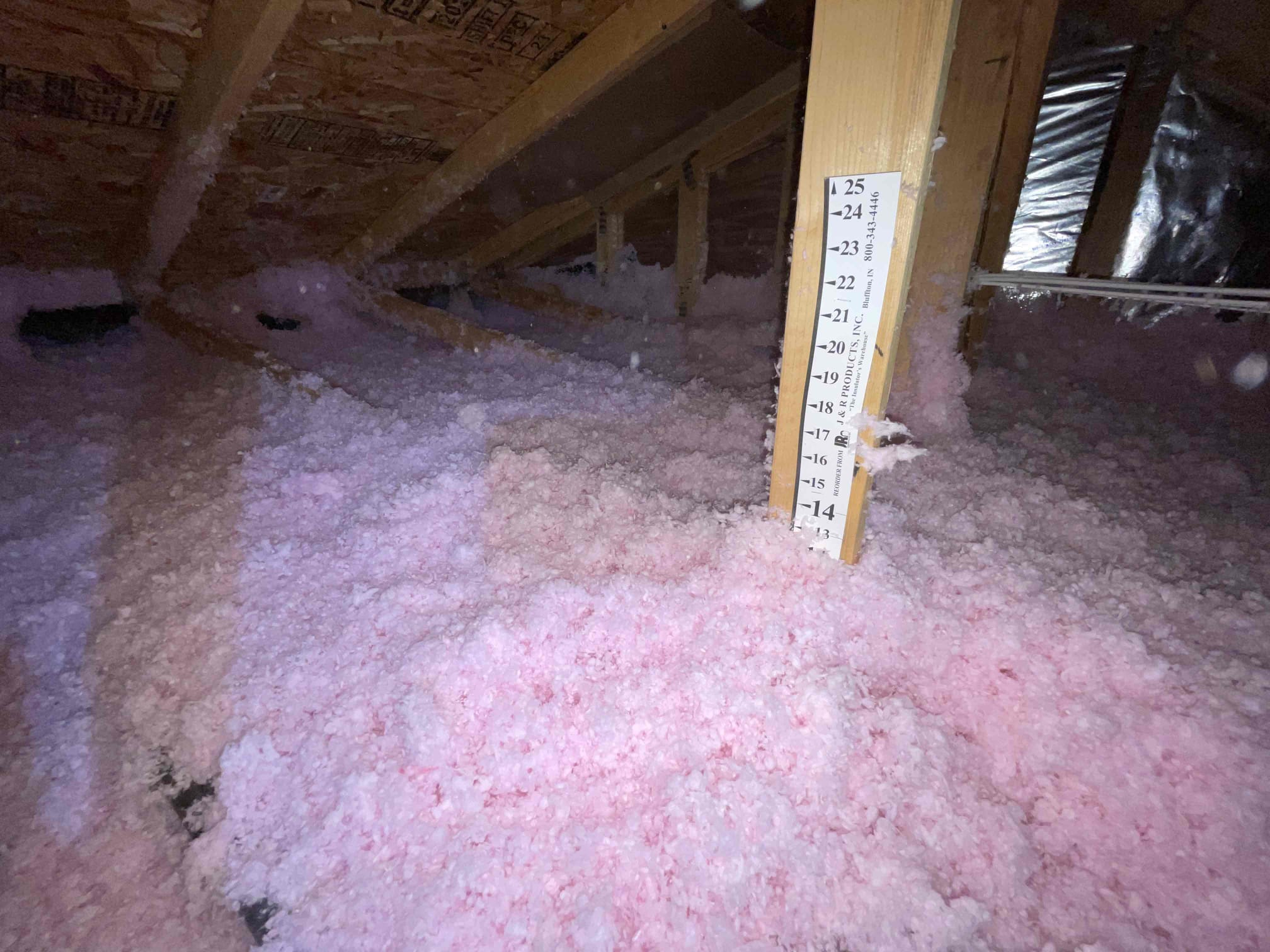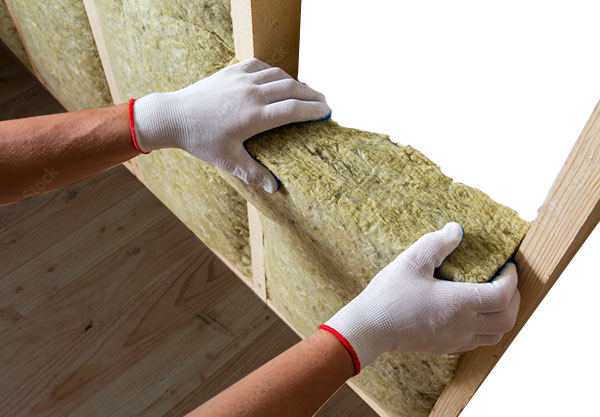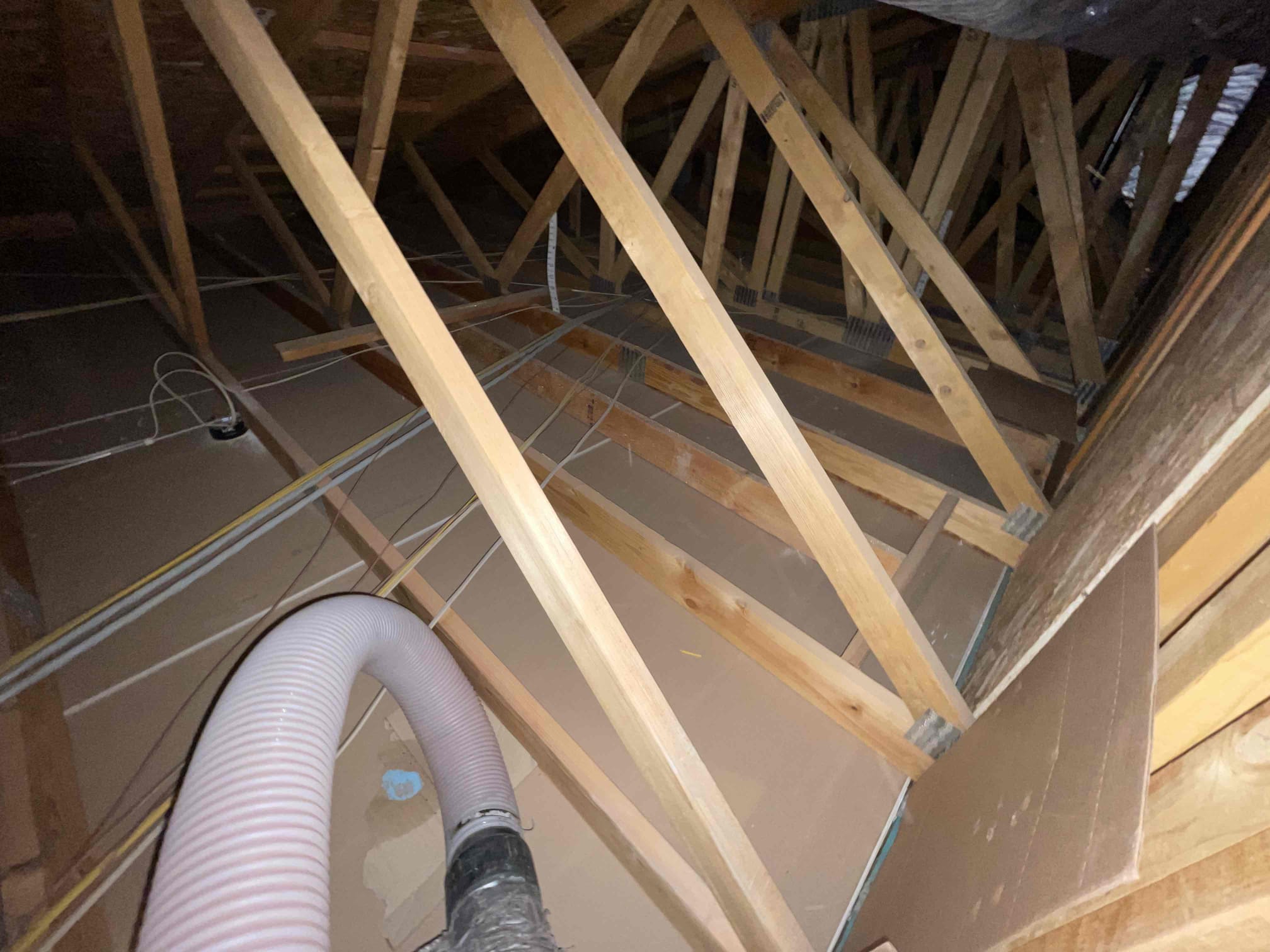Stop Heating the Outdoors This Winter: Northern Nevada's Guide to Home Insulation
With heating season here, many Northern Nevada homeowners will see energy bills double or triple. Up to 40% of your heating and cooling costs escape through poor insulation—that’s literally throwing money out the window in our extreme climate!
At Sierra Air, we’ve spent 40+ years helping Reno-area families stop wasting energy. Our professional insulation services are specifically designed for the unique challenges of heating homes at 4,500+ feet elevation, where temperature swings can reach 40 degrees in a single day.
Signs Your Home is Bleeding Energy: Is Your Insulation Failing?
Most Northern Nevada homeowners don’t realize their insulation is inadequate until they receive shocking heating bills. Here are the telltale signs that your home is literally heating the outdoors:
- Uneven Temperatures Between Rooms: If your bedroom is 68°F while your living room is 62°F, your insulation isn’t doing its job. This is especially common in Reno-area homes built before 1990.
- High Energy Bills Despite Moderate Thermostat Settings: Setting your thermostat to 68-70°F shouldn’t result in $300-500 monthly heating bills. Poor insulation forces your HVAC system to work overtime.
- Drafty Feelings Near Walls or Ceilings: Cold spots around exterior walls, near windows, or under ceiling vents indicate air infiltration and inadequate insulation—a major problem in our windy climate.
- HVAC System Running Constantly: Your furnace should cycle off regularly. If it runs continuously trying to maintain temperature, you’re losing heat faster than you can generate it.
- Ice Dams on Your Roof: In Lake Tahoe and higher elevations, ice dams form when heat escapes through poor attic insulation, melting snow that refreezes at the eaves.
- Cold Floors in Winter: If your floors are uncomfortably cold, especially in rooms above crawl spaces or garages, you need better insulation and air sealing.
The High-Altitude Factor: Northern Nevada’s elevation intensifies insulation problems. The extreme daily temperature swings (often 40°F or more) and low humidity (as low as 10%) create conditions where inadequate insulation costs you significantly more than it would at sea level.
Understanding Northern Nevada's Unique Insulation Challenges
Living in Northern Nevada isn’t like living anywhere else. Our high-desert climate and elevation create insulation demands that standard approaches simply can’t meet.
Extreme Temperature Swings
Daily temperature variations of 30-40°F put incredible stress on your home’s thermal envelope. Standard insulation R-values don’t account for this constant expansion and contraction.
High Wind Exposure
Our frequent 20-40 mph winds drive cold air through any gaps in insulation. Air sealing is just as critical as insulation thickness in Northern Nevada.
Intense Solar Radiation
At 4,500+ feet, UV radiation is 25% stronger than at sea level. This degrades insulation materials faster, especially in attics and south-facing walls.
Our Professional Insulation Delivers Real Results
Sierra Air’s certified indoor air quality specialists deliver exceptional results with every insulation installation by following our comprehensive 13-step PureFlow Air Distribution Installation Process.
Up to 50% Reduction in Heating Costs
Proper insulation is the single most cost-effective energy upgrade for Northern Nevada homes. Our customers typically see dramatic drops in their monthly heating bills—often saving $100-200+ per month during winter. With natural gas and electricity rates continuing to rise, professional insulation pays for itself in 2-4 years through energy savings alone.
Real Results: A typical 1,800 sq ft Reno home went from $450/month heating bills to $220/month after our attic and crawl space insulation upgrade.
Consistent Temperatures Throughout Your Home
No more cold bedrooms, hot second floors, or drafty living rooms. Professional insulation creates an even, comfortable temperature throughout your entire home. You’ll eliminate those frustrating hot and cold zones that make some rooms unusable during extreme weather.
Comfort Bonus: Proper insulation also reduces outside noise transmission—especially important near highways or in high-wind areas.
Reduced Strain on Your HVAC System
When your home loses less heat, your HVAC system doesn’t have to work as hard. This means fewer repairs, longer equipment life, and lower maintenance costs. Many of our customers report their furnaces running 30-40% less after insulation upgrades—that’s thousands of dollars saved in equipment replacement costs over the system’s lifetime.
Improved Indoor Air Quality
Proper insulation and air sealing prevent outdoor pollutants, allergens, and dust from infiltrating your home. This is especially important during Northern Nevada’s wildfire season and windy spring months. Our PureFlow process ensures your home’s thermal envelope is sealed against outdoor contaminants while maintaining proper ventilation.
Where Should You Insulate? Priority Areas for Northern Nevada Homes
Not all insulation projects deliver equal returns. Based on 40+ years of experience in Northern Nevada, here’s where professional insulation makes the biggest difference:

HIGHEST PRIORITY
1. Attic Insulation
Why it matters: Heat rises, and up to 30% of your home’s heat loss occurs through the attic. In Northern Nevada’s intense sun, poorly insulated attics can reach 150°F in summer and drop below freezing in winter.
Recommended R-Value for Northern Nevada: R-38 to R-60 (significantly higher than building code minimums)
Best solutions: Blown-in fiberglass or cellulose insulation with proper air sealing around penetrations, recessed lights, and attic hatches. For older homes with insufficient attic ventilation, we also install proper soffit and ridge venting.
Typical payback: 2-3 years through energy savings

HIGH PRIORITY
2. Crawl Space & Floor Insulation
Why it matters: Cold floors are miserable, and uninsulated crawl spaces allow frigid winter air to steal heat directly from your living space. This is especially problematic in Reno-area homes built on slabs or over vented crawl spaces.
Recommended R-Value: R-25 to R-30 for floors over unconditioned spaces
Best solutions: Spray foam or rigid foam board insulation on crawl space walls, combined with proper vapor barriers. For older homes, we also seal vents and condition the crawl space as part of the home’s thermal envelope.
Additional benefits: Prevents frozen pipes and reduces moisture issues that can lead to mold

MEDIUM PRIORITY
3. Wall Insulation
Why it matters: Exterior walls represent the largest surface area exposed to the elements. Many homes built before 1985 have little to no wall insulation.
Recommended R-Value: R-13 to R-21 depending on wall thickness
Best solutions: For existing homes, we use injection foam or dense-pack cellulose that fills wall cavities without removing drywall. For new construction or renovations, spray foam provides superior air sealing and R-value.
Red flag: If you feel a draft near outlets or light switches on exterior walls, your wall insulation is inadequate

BONUS AREAS
4. Garage & Ductwork Insulation
Attached garage walls and ceilings: If rooms above or adjacent to your garage are cold, insulating these surfaces makes a dramatic difference. We typically recommend R-19 for walls adjacent to living spaces.
Ductwork in unconditioned spaces: If your ducts run through an unconditioned attic, crawl space, or garage, you’re losing 20-30% of your heated air before it reaches your rooms. We wrap ducts with R-8 insulation and seal all joints to prevent air leakage.
What Our Customers Say
“We couldn’t believe the difference! Our second floor used to be 10 degrees warmer than downstairs in summer and freezing in winter. After Sierra Air insulated our attic and sealed our ducts, every room is comfortable year-round. Our heating bill dropped from $380 to $195 last December. The crew was professional, clean, and explained everything. Worth every penny!”
Our 13-Step PureFlow Air Distribution Installation Process
At Sierra Air, We Sweat The Small Stuff. Our certified technicians follow a meticulous process that ensures every insulation installation delivers maximum performance and energy savings:
Assessment & Preparation
- Comprehensive home energy assessment using thermal imaging
- Calculate existing R-values and identify thermal weak points
- Inspect for moisture issues, ventilation problems, and safety hazards
- Test for asbestos in homes built before 1980 (if needed)
- Identify and document all air leakage points
- Create detailed installation plan customized for your home
- Protect your belongings with drop cloths and barriers
Installation & Quality Assurance
- Air seal all penetrations, gaps, and bypass points
- Install proper ventilation baffles (for attic work)
- Apply insulation to specified R-values using professional equipment
- Verify complete coverage with no gaps or compressed areas
- Install vapor barriers where needed for moisture control
- Post-installation thermal imaging to verify complete coverage
- Complete cleanup and disposal of all materials
- Final walkthrough and energy-saving recommendations
Why Professional Installation Matters
DIY insulation seems tempting, but in Northern Nevada’s challenging climate, improper installation can actually make things worse. Here’s what can go wrong:
- Compressed Insulation: Stuffing too much insulation into a space reduces its R-value. Professional installers know proper density requirements.
- Moisture Traps: Incorrect vapor barrier placement can trap moisture, leading to mold and rot—especially problematic in Lake Tahoe’s humid climate.
- Ventilation Blocking: Covering soffit vents or improperly installing baffles causes ice dams and roof damage.
- Electrical Hazards: Covering recessed lights or electrical boxes without proper clearance creates fire risks.
- Incomplete Air Sealing: Adding insulation without air sealing can actually increase moisture problems by creating new pressure differences.
- Wrong Material Selection: Different areas require different insulation types. Using the wrong material wastes money and fails to solve the problem.
Our certified technicians have the training, experience, and specialized equipment to avoid these pitfalls. We also carry full insurance and warranty all our work—protection DIY projects can’t offer.
Frequently Asked Questions About Insulation
How long does insulation installation take?
For most homes, attic insulation takes 1-2 days depending on square footage and accessibility. Crawl space insulation typically takes 1 day. Wall insulation (retrofit) usually takes 2-3 days. We work efficiently while maintaining our high quality standards, and we always leave your home cleaner than we found it.
What's the best type of insulation for Northern Nevada?
It depends on the application. For attics, we typically recommend blown-in fiberglass or cellulose for the best coverage and R-value per dollar. For crawl spaces and walls, spray foam provides superior air sealing. For ductwork, we use wrapped fiberglass batts. During your free energy assessment, we’ll recommend the optimal solution for each area of your home based on your specific needs and budget.
Will insulation really cut my heating bills in half?
Many customers see 40-50% reductions, especially in older homes with little existing insulation. The exact savings depend on your current insulation levels, home size, heating system efficiency, and thermostat settings. Homes built before 1985 typically see the most dramatic savings. We provide a detailed energy savings estimate during your assessment so you know what to expect.
How do I know if I need more insulation?
The warning signs are clear: uneven temperatures between rooms, high energy bills, drafty feelings near walls or ceilings, ice dams on your roof, or an HVAC system that runs constantly. If your home was built before 1990, it almost certainly needs more insulation by today’s standards. Schedule a free energy assessment and we’ll use thermal imaging to show you exactly where you’re losing energy.
Can you insulate without removing drywall?
Yes! For existing walls, we use injection foam or dense-pack cellulose that’s blown through small holes drilled from the outside. We patch and paint the holes so you’d never know we were there. This method is much less disruptive than removing interior drywall and provides excellent results. We can insulate most homes without any interior demolition.
What about ventilation? Won't more insulation trap moisture?
Proper insulation actually helps with moisture control when installed correctly. The key is proper air sealing combined with adequate ventilation. Our certified installers ensure your attic has proper soffit and ridge venting, and we install baffles to maintain air channels. For crawl spaces, we use vapor barriers and sometimes condition the space as part of your home’s envelope. This is why professional installation matters—we understand the building science that prevents moisture problems.
How long does insulation last?
Quality insulation lasts decades with minimal degradation. Fiberglass and cellulose insulation can last 80-100 years. Spray foam is virtually permanent. The key is proper installation and ensuring no moisture issues develop. We warranty all our installations, and most customers never need to touch their insulation again after our installation.
Do you offer financing?
Yes! We offer flexible financing options to make professional insulation affordable for every budget. Many customers find that their monthly energy savings are greater than their financing payment—meaning the insulation pays for itself from day one. Ask about our current financing promotions when you schedule your free assessment.



